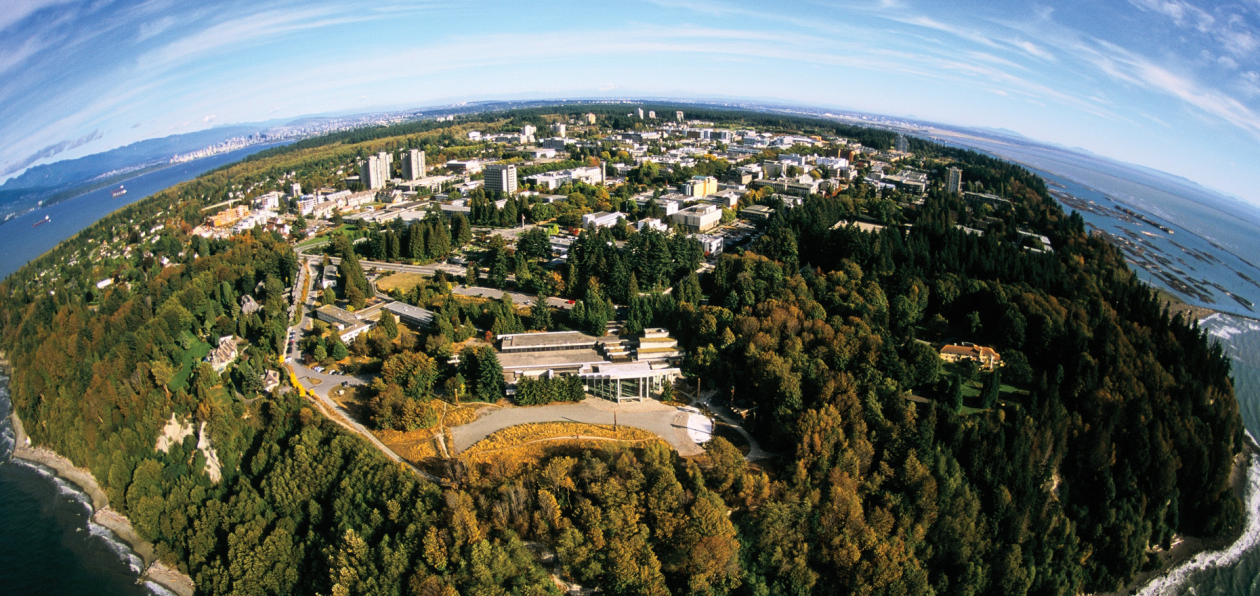This week, our group taught a lesson on Physical and Health Literacy. In general, I really love the idea of Physical Literacy. I myself am not a “team” or “organized” sport type, and I am so glad that schools are encouraging students to find a love of physical activity and to make a commitment to healthy living.
I was very proud of our lesson. During planning, we wanted to create a lesson that would encourage students to start pinpointing aspects of physical and health literacy that they enjoy. Because none of our learning objectives were skill based, and because this lesson/unit would be used as a cumulative one, focus was placed on enjoyment rather than skill building. Along with this, the 2 Stars and a Wish self-assessment intends to help students reflect on their experience and draw tangible connections between enjoyment and physical activity. By giving students choice, whether it was through choosing what bingo station they wanted to go to, who they wanted to work with, words they wanted to spell, or group size, students felt autonomous in their decision about their health, and thus could choose to pursue activities they enjoyed. We did want students to try things they wouldn’t normally try, and not to get too stuck in any one activity, thus we gave the instruction that students must fill their whole bingo card by the end of the unit. However, the enjoyment factor was again addressed by telling students they were welcome to revisit and adapt stations as much as they wanted during the unit.
Mary and Cheryl did a wonderful job with the warm up and cool down, and Rob did as well with the Instant Activity! When we were planning, we decided that we wanted to take a cross-curricular approach, and weave in as many connections with other curricular areas that we could. This was reflected in the instant activity (The Moving Alphabet) and its connections to literacy, and the warm up and cool down connections to animals and environments. Activities within healthy bingo showed connections to Math, SEL, Literacy, and competencies such as critical thinking and communications, as well as pulling together different movement skills that students would have learned throughout the term in PHE.
Another of the concepts that we wanted to weave into our activity was cooperation and teamwork. Students had the option to work together in small or large groups, or to work individually on tasks. Again, choice gave students autonomy and ownership over their healthy activities, and they could draw on constructivist learning models to stretch understanding and skill building.
Overall, my main goal was to create a fun and supportive environment for active participation and exploration, and I think that that goal was achieved!
